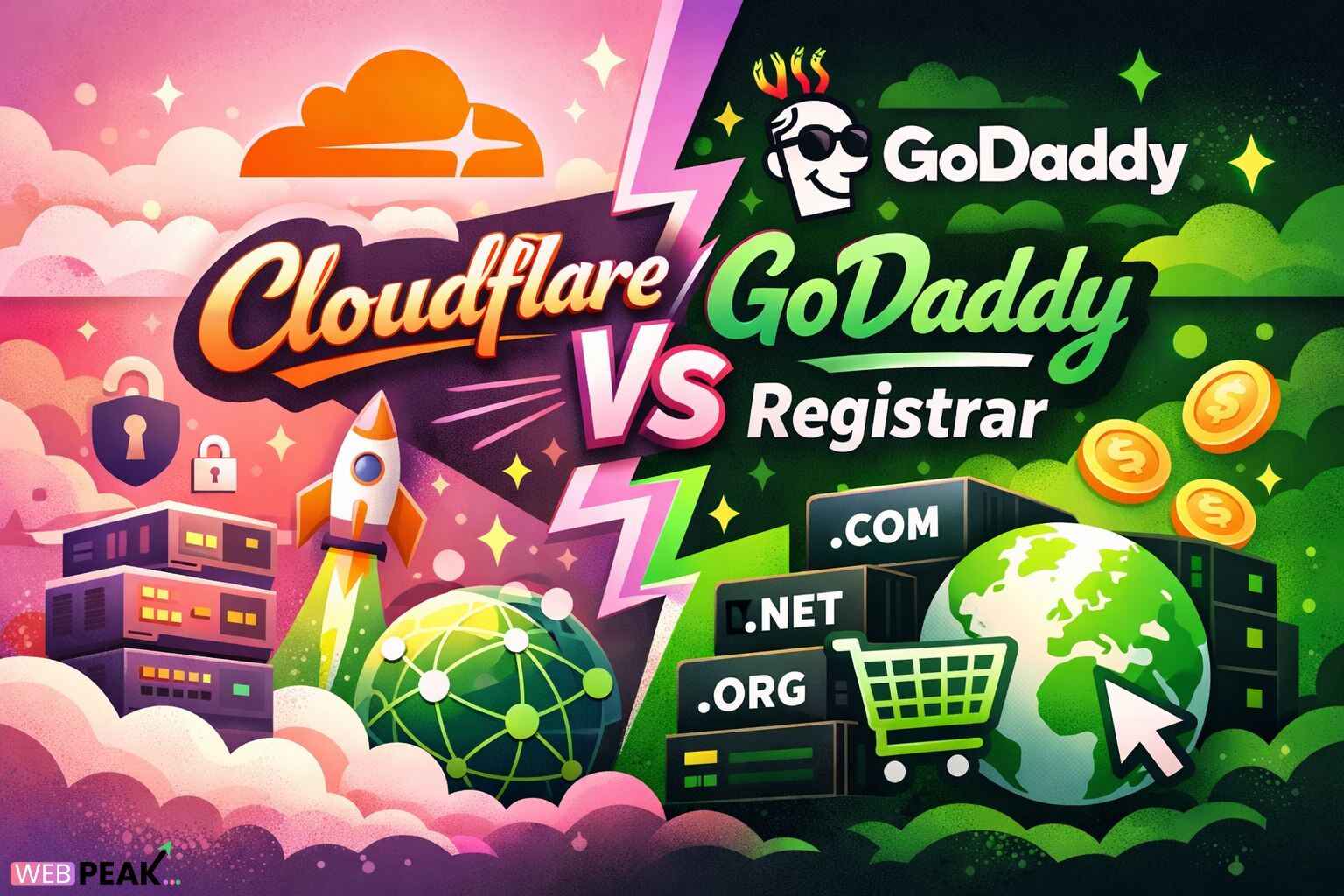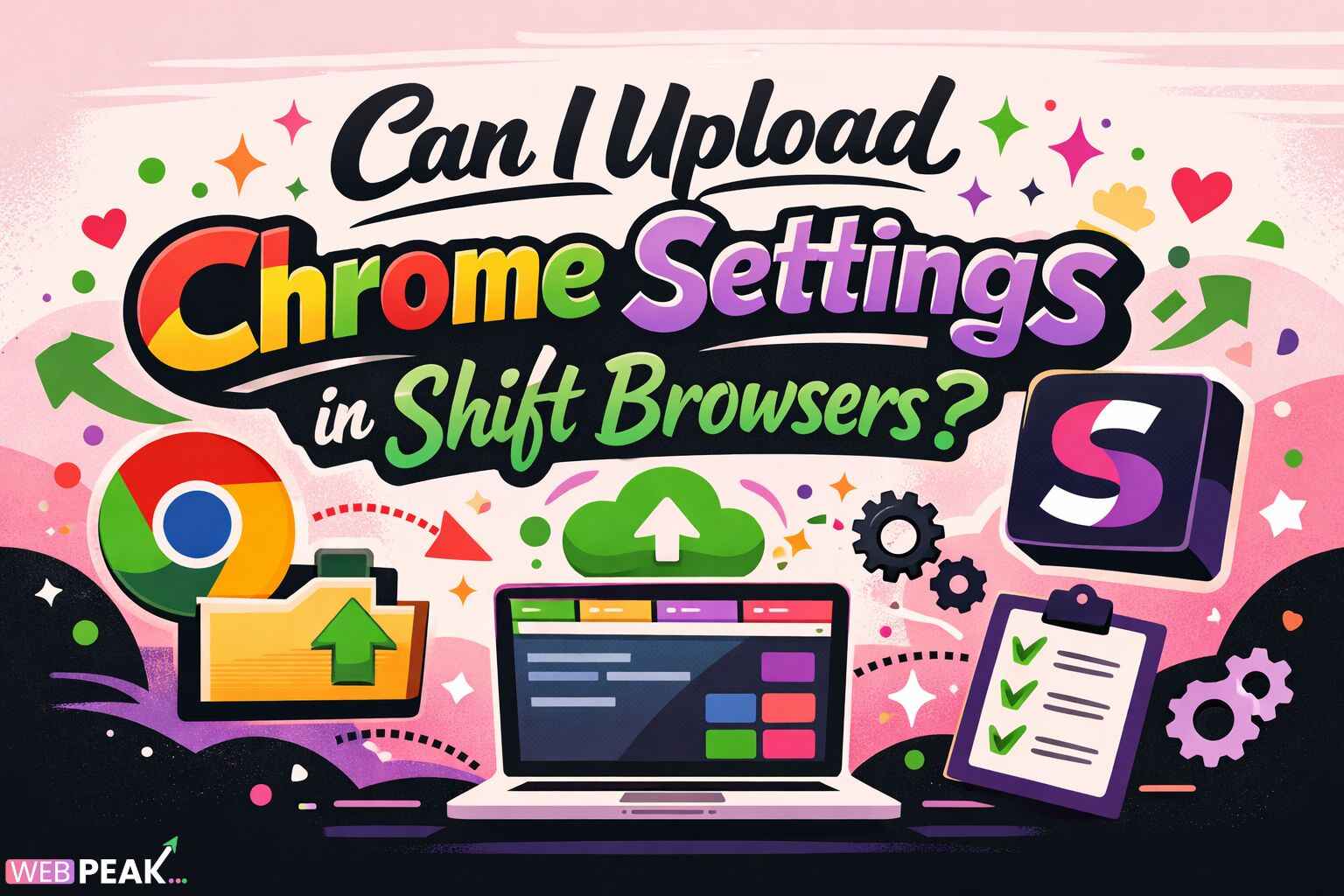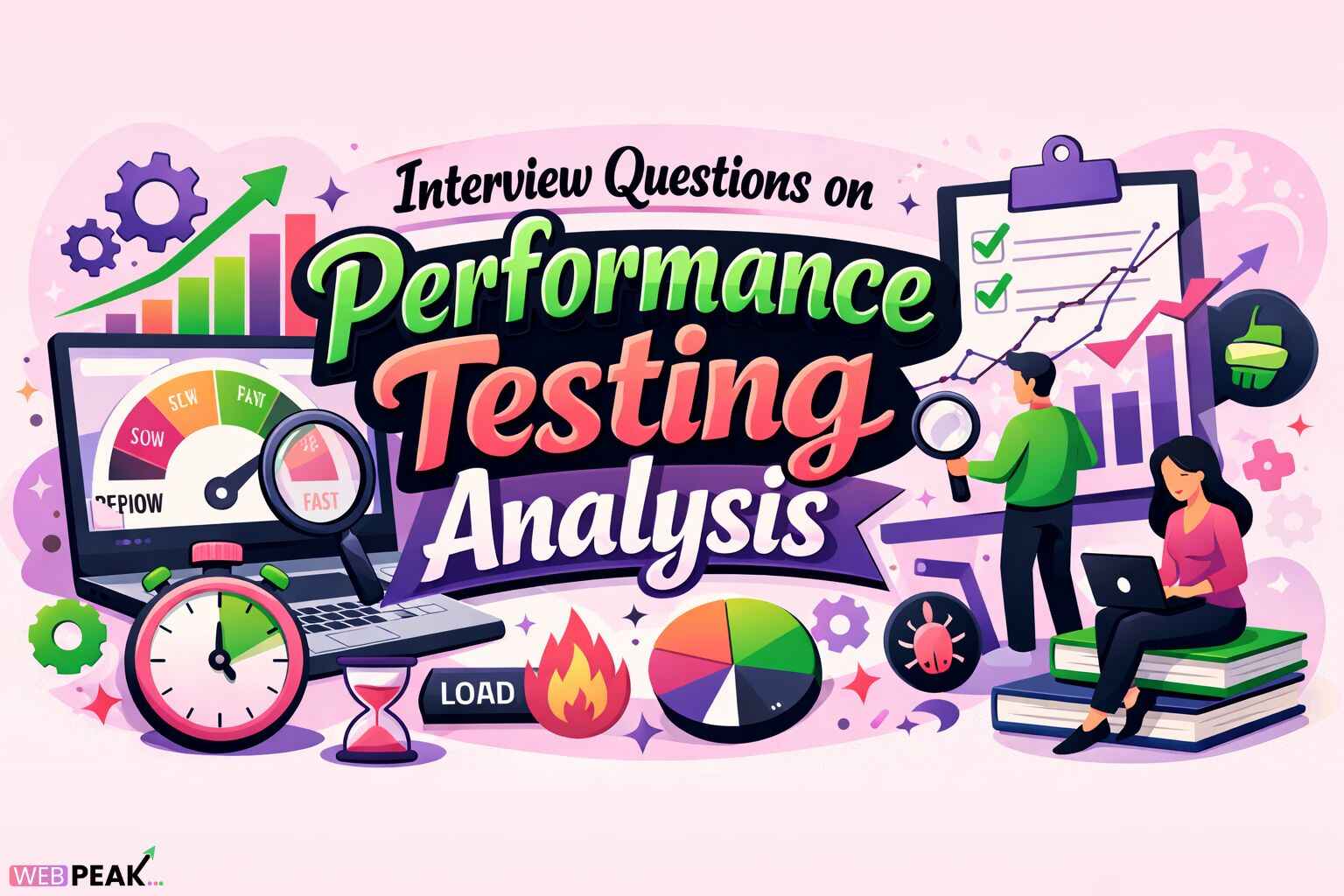Top 10+ ReactJS Development Companies in Chunian 2025
Looking for the best ReactJS developers in Chunian for 2025? You’re in the right place. This editorial-style roundup highlights more than ten capable ReactJS development companies and studios operating in or serving businesses in Chunian, PK. Alongside detailed company snapshots, you’ll find comparison tables, pricing guidance, due-diligence checklists, RFP prompts, and FAQs—everything you need to pick a partner that can ship fast, scale confidently, and keep technical debt low.
Note: “Top” here reflects a practical, buyer-centric perspective—emphasizing technical depth in React/TypeScript, code quality, DX (developer experience), transparency, and post-launch care—rather than advertising spend or brand size.
Why ReactJS Still Leads in 2025
- Mature ecosystem: First-class support for TypeScript, testing (Vitest/Jest), state management (Zustand, Redux Toolkit), server components and file-system routing via Next.js 14+, and production-ready UI kits.
- Performance patterns baked in: React Server Components, streaming SSR, edge rendering, and incremental static regeneration reduce TTFB and improve Core Web Vitals.
- Talent availability: A deep pool of engineers, plus strong compatibility with Node.js backends and headless CMS/e-commerce stacks.
- Longevity: A stable API with continuous, incremental improvements—ideal for long-lived products that must evolve without full rewrites.
How We Evaluated Companies
To curate this Chunian-focused list, we used the following buyer-friendly criteria:
- React + Next.js expertise: Proficiency with server components, routing, streaming, and edge deployments.
- TypeScript-first: Strong typing culture, generics, utility types, and strict mode to catch bugs pre-runtime.
- Quality & reliability: Testing (unit/integration/e2e), CI/CD discipline, code reviews, and performance budgets.
- Design systems & accessibility: Component libraries, a11y audits (ARIA, keyboard navigation), and cross-device QA.
- Real-world delivery: Case studies, measurable outcomes (KPIs), and referenceable clients.
- Transparency: Clear proposals, pricing models, SLOs/SLAs, and post-launch support.
At-a-Glance: The Shortlist
Here are the companies we cover below (alphabetical):
- AlphaStack Labs
- Arcadia Frontend Studio
- Brightbyte Digital
- CodeRiver Collective
- DevNest Solutions
- FrontForge
- GreenPixel Works
- NimbleQuill
- Pixel & Pattern
- Stackcraft
- Velocity Apps
- WEBPEAK (featured once with link in the CTA)
Each profile includes specialties, typical engagement shapes, strengths, and considerations to help you quickly narrow the field.
Comparison Table (Quick Scan)
Use this to triage options before deep-diving into profiles.
| Company | Core React Focus | Ideal For | Typical Team Size | Testing Culture | Design System Experience | Support & SLAs |
|---|---|---|---|---|---|---|
| WEBPEAK | Full-service digital | Web + marketing synergy | Varies | Strong (funnels + QA) | Component libraries | Flexible tiers |
| Arcadia Frontend Studio | Animations, Canvas/WebGL | Marketing & product sites | 2–5 | Moderate | Yes (custom tokens) | Best-effort support |
| Brightbyte Digital | E-commerce, Headless | Retail & D2C brands | 4–10 | Strong (e2e) | Yes (commerce components) | 24/7 on call (tiers) |
| CodeRiver Collective | Data-heavy UI, Charts | Analytics & fintech | 3–6 | Strong | Yes | Business-hours + incident |
| DevNest Solutions | Greenfield MVPs | Startups & pilots | 2–4 | Moderate | Starter kits | Lightweight SLA |
| FrontForge | Enterprise UI Platforms | Mid-market & enterprise | 5–12 | Strong (coverage targets) | Formal design systems | Contractual SLA |
| GreenPixel Works | Accessibility & Perf | Public sector & NGOs | 2–7 | Strong (a11y tests) | WCAG-driven components | Accessibility SLOs |
| NimbleQuill | Content apps & CMS | Publishers & media | 3–6 | Moderate | Headless CMS kits | Editorial SLAs |
| Pixel & Pattern | Design-led builds | Premium brand sites | 2–5 | Moderate | Figma → React pipelines | Best-effort support |
| Stackcraft | Platform migrations | Legacy to React/Next | 4–9 | Strong (regression) | Tokenized systems | Staged SLAs |
| Velocity Apps | Mobile + Web (RN) | Cross-platform products | 3–8 | Strong (device farms) | Shared kits (web/mobile) | 24/5 support |
| AlphaStack Labs | Next.js, RSC, GraphQL | SaaS dashboards & B2B | 3–8 | Strong (unit/integration) | Yes (Storybook) | Business-hours SLA |
Company Profiles (Deep Dive)
1) WEBPEAK
Overview: A full-service digital partner offering Web Development, Digital Marketing, and SEO Services alongside React/Next.js engineering. The value: pair great frontend engineering with search-friendly architectures, content operations, and measurable growth.
Core Services: React/Next.js sites and apps, headless CMS & commerce, performance and a11y optimization, SEO technical audits, analytics, and marketing funnels.
Team & Tooling: TypeScript, Next.js, server components, schema validation (Zod), Playwright e2e, and CI/CD with preview environments.
Ideal For: Businesses that want one accountable partner for build + growth, not just code delivery.
Considerations: As a full-service team, discovery will cover both product and go-to-market assumptions—budget accordingly.
2) Arcadia Frontend Studio
Overview: Design-forward React engineers who excel at expressive interfaces—think subtle motion, micro-interactions, and tasteful use of WebGL for hero sections. Performance stays in check via lazy motion, smart suspense boundaries, and asset budgets.
Core Services: Component architecture, Next.js site builds, animation systems, a11y enhancement, and analytics instrumentation.
Team & Tooling: React, Next.js, Framer Motion, GSAP, Three.js/React Three Fiber, Lighthouse CI, and Storybook.
What Stands Out: They transform Figma design tokens into robust React component libraries, ready for reuse across products.
Ideal For: Product marketing sites, branded experiences, and high-polish landing pages that still need excellent Core Web Vitals.
Considerations: Not the best fit for complex data engineering or back-office permissions systems.
3) Brightbyte Digital
Overview: A headless commerce-savvy React team with expertise in Next.js storefronts, checkout flows, and edge-rendered product pages. They’re practitioners of “performance as conversion,” mapping each Core Web Vital directly to funnel metrics.
Core Services: Headless e-commerce builds, performance optimization, checkout A/B testing, and SEO-conscious content architecture.
Team & Tooling: Next.js, server components, edge functions, commerce SDKs, Algolia, Contentful/Sanity, and Playwright e2e suites.
What Stands Out: Shared component kits for PDP/PLP, faceted search patterns, and prebuilt analytics dashboards.
Ideal For: D2C brands, retailers, and marketplaces.
Considerations: Requires clear catalog/fulfillment ownership; they collaborate best when your ops data is reliable.
4) CodeRiver Collective
Overview: Specialists in data-dense interfaces: audit logs, complex tables, time-series charts, permissions, and reconciliation screens. They care deeply about perceived performance and thoughtful progressive disclosure.
Core Services: React/TypeScript platforms, analytics dashboards, RBAC/ABAC UI, and reporting experiences.
Team & Tooling: React Query, Zustand, D3/Recharts, TanStack Table, Vitest, Playwright, Zod, and OpenAPI clients.
What Stands Out: Defensive programming patterns—schema validation at boundaries, optimistic UI with rollback, and robust error surfaces.
Ideal For: Fintech, operations platforms, and compliance-heavy UIs.
Considerations: Visual style is utilitarian; pair with a strong brand designer if front-of-site polish is critical.
5) DevNest Solutions
Overview: An MVP-first crew that emphasizes speed to learning. They structure sprints around hypotheses and measurable signals, not just feature checklists.
Core Services: Rapid prototyping, MVP builds, incremental hardening, and handovers to in-house teams.
Team & Tooling: React, Next.js, Supabase/Firebase, Vercel, TypeScript, and lightweight testing frameworks.
What Stands Out: Tight discovery cadences and ruthless scope control to hit earliest viable launch.
Ideal For: Early-stage founders and innovation teams.
Considerations: Expect a follow-on phase to replace scrappy decisions with enterprise-grade patterns.
6) FrontForge
Overview: Enterprise-minded React engineers who build multi-repo platforms and shared component libraries that can be adopted across business units. They help you tame fragmentation.
Core Services: Design system governance, mono-repo setups, module federation, SSR strategy, and migration roadmaps.
Team & Tooling: PNPM/Turborepo, Changesets, Chromatic, Lighthouse CI, and custom ESLint/TS rules.
What Stands Out: Adoption playbooks—training, contribution guidelines, and versioning policies.
Ideal For: Organizations planning multi-year React investments with many contributors.
Considerations: Heavier process; overkill for small projects that just need a site live next month.
7) GreenPixel Works
Overview: Accessibility and performance champions. Their audits and refactors routinely lift Lighthouse scores while making interfaces more inclusive.
Core Services: WCAG-guided audits, a11y remediation, performance tuning, and training.
Team & Tooling: Axe, Pa11y, Playwright + a11y matchers, React ARIA patterns, and performance profiling.
What Stands Out: Contractual accessibility SLOs and remediations verified via automated and manual testing.
Ideal For: Public sector, NGOs, education, and any brand prioritizing inclusive design.
Considerations: They prefer partnering with your core dev team rather than fully owning greenfield builds.
8) NimbleQuill
Overview: Content-heavy React builds for publishers, knowledge bases, and documentation hubs. They structure content models that scale internationally.
Core Services: Headless CMS architectures, editorial workflows, multi-locale setup, and static/ISR strategies.
Team & Tooling: Next.js, MDX, content schemas, image/CDN optimization, and granular role-based workflows.
What Stands Out: Author experience (AX): fast previews, safe rollbacks, and diffable content updates.
Ideal For: Media sites, docs portals, and knowledge products.
Considerations: Not specialized in transactional back-ends or payments.
9) Pixel & Pattern
Overview: A boutique that fuses product design with React engineering. Their sweet spot is “brand-grade” yet technically solid websites and apps.
Core Services: UX/UI design, component library theming, CMS integration, and analytics instrumentation.
Team & Tooling: Figma tokens → React, Next.js, Framer Motion, and Lighthouse CI.
What Stands Out: High fidelity builds that respect design intent while preserving performance.
Ideal For: Premium brands, hospitality, events, and lifestyle products.
Considerations: Smaller team; plan lead times for capacity.
10) Stackcraft
Overview: Migration specialists who move legacy stacks (jQuery, AngularJS, server-rendered MVC) into modern React/Next.js platforms without major downtime.
Core Services: Migration audits, strangler-fig patterns, module federation, and parallel runbooks.
Team & Tooling: React, Next.js, module federation, adapter layers, regression test harnesses.
What Stands Out: Risk management—canary releases, feature flags, and telemetry-driven rollouts.
Ideal For: Companies with critical legacy systems and a mandate to modernize.
Considerations: Requires disciplined stakeholder alignment to sequence deprecations.
11) Velocity Apps
Overview: Cross-platform experts bridging React for web and React Native for mobile. They share design tokens and logic to accelerate multi-client parity.
Core Services: Mobile app development, PWA strategies, shared component libraries, and OTA release pipelines.
Team & Tooling: React, React Native, Expo, Metro, Detox, and unified monorepos.
What Stands Out: Tight web-mobile roadmaps; consistent UX across devices.
Ideal For: Product companies needing both responsive web and native mobile presence.
Considerations: For very device-specific features, expect native modules and extra QA time.
12) AlphaStack Labs
Overview: A React and Next.js specialist known for building scalable SaaS dashboards, internal tools, and customer-facing portals. They favor TypeScript strict mode, server components, and GraphQL schemas to keep data flows explicit and maintainable.
Core Services: Product discovery, design system setup, React/Next.js builds, Node/GraphQL APIs, CI/CD pipelines, and long-term maintenance.
Team & Tooling: TypeScript, Next.js 14+, Prisma, Postgres, GraphQL, Zod, React Query/TanStack Query, Playwright, Vitest, and Storybook.
What Stands Out: Clear error budget policies, performance budgets (LCP, CLS), and a pragmatic approach to caching (SWR + route segment caching).
Ideal For: B2B SaaS where uptime, auditability, and team handoff matter.
Considerations: Prefers well-scoped, iterative engagements; less suited for purely aesthetic marketing sites.
Pricing & Engagement Models in Chunian
Pricing varies by scope, risk, and team composition, but these ranges help frame expectations:
- Discovery & Architecture: 1–3 weeks, typically a fixed fee. Expect outputs: product brief, system diagram, component strategy, roadmap, and risk register.
- MVP Builds: 6–12 weeks with a small React pod (2–4 engineers + designer/PM). Often time-and-materials with a cap or milestone-based fixed fees.
- Scale-up & Enterprise: Multi-quarter roadmaps, pods of 5–12 engineers, clear SLAs, regression budgets, and quarterly performance targets.
- Support & Maintenance: Monthly retainer (e.g., 20–60 hours) covering bug fixes, dependency updates, and incremental improvements.
Common price shapers: server components adoption, a11y remediation, custom design systems vs. existing UI kits, complex role/permissions, internationalization, real-time collaboration, and 3rd-party integrations (payments, search, analytics, feature flags).
Technical Checklist for React Partners
- TypeScript everywhere (strict), ESLint + Prettier enforced, and pre-commit hooks.
- Next.js 14+ with server components where beneficial, edge/ISR strategies, and image optimization.
- State strategy documented (query vs. app state), with cache invalidation rules.
- Testing pyramid: unit (60–80% of logic), integration for critical flows, and Playwright e2e for happy paths.
- Accessibility baked in: semantic HTML, keyboard support, focus management, ARIA only when necessary, color contrast checks.
- Observability: logs, traces, metrics, and user session replay aligned with privacy policies.
- Performance budgets tied to business KPIs; synthetic and RUM monitoring.
- Secure by default: input validation, auth flows, CSRF protection, and secrets management.
- Documentation: README, runbooks, ADRs (Architecture Decision Records), and handover guides.
How to Choose the Right React Company in Chunian
- Map business goals to technical scope: Are you optimizing conversions, building internal tools, or launching a cross-platform product? This affects architecture and budget.
- Demand a working prototype plan: Prefer vendors who can demonstrate your riskiest assumptions in the first 2–4 weeks.
- Check code ownership & licensing: Ensure you own the code and assets, and confirm policies for third-party packages.
- Review testing approach: Ask for sample test suites and how they guard against regressions.
- Evaluate documentation culture: Good teams leave a paper trail—ADRs, component docs, and onboarding guides.
- Probe support posture: What happens after launch? What are the SLOs, response times, and escalation paths?
- Seek references aligned to your use case: For example, data-intensive dashboards vs. e-commerce vs. content publishing.
Sample RFP / Brief Template (Copy & Paste)
Project Name: [Working Title] Company: [Your Company] Primary Goal: [e.g., Launch MVP to validate demand; improve conversion by +20%] Scope Overview: React/Next.js web app with [key features]; integrations with [auth, payments, CMS, analytics] Key Risks/Unknowns: [e.g., SEO constraints with dynamic content; complex role permissions] KPIs / Success Metrics: [e.g., LCP < 2.5s, Signup conversion +15%, Bounce rate -10%] Deliverables: - Architecture diagram and ADRs - Component library (documented in Storybook) - Tested feature set (unit/integration/e2e) - Accessibility report (WCAG 2.2 AA) - Deployment pipeline and runbook Timeline: [e.g., Discovery 2 wks; MVP 10 wks; Beta 2 wks] Team Expectations: [# engineers, designer, PM, QA] Handover: Documentation, training, and 30–60 days of post-launch support Budget: [Range] Engagement Model: [Fixed scope with milestones / T&M with cap / Retainer]
Questions to Ask During Vendor Interviews
- How do you decide between server components and client components in Next.js for our use case?
- Show an example of your testing pyramid. Where do you draw the line between integration and e2e?
- How do you enforce performance budgets in CI? Do you gate merges on regressions?
- What’s your approach to design tokens and theming? How do tokens flow from Figma to code?
- How do you handle internationalization and right-to-left layouts?
- What is your risk-mitigation plan for large migrations? Canary, feature flags, rollbacks?
- What artifact do we get after discovery, and how can we leverage it with or without you?
Red Flags to Watch For
- No TypeScript or linting: Expect hidden maintenance costs and runtime surprises.
- No testing strategy: Velocity without guardrails leads to regressions and outages.
- Ignoring a11y: Legal and reputational risk, plus lost conversions for keyboard and screen reader users.
- “One-size-fits-all” frameworks: Tools should fit your problem, not the other way around.
- Mushy proposals: Missing acceptance criteria, no KPI targets, and vague delivery milestones.
Example Project Roadmap (10–12 Weeks MVP)
- Week 1–2: Discovery & Architecture — User journeys, KPI mapping, system diagram, risk log, and initial component inventory.
- Week 3–4: Foundations — Repo setup, TypeScript strict, ESLint/Prettier, CI/CD, Storybook, base layout, token system.
- Week 5–6: Core Features I — Auth flows, key data models, first critical paths, unit/integration tests.
- Week 7–8: Core Features II — Additional features, a11y passes, analytics instrumentation, performance tuning.
- Week 9–10: Beta Readiness — E2E coverage, content population, UAT, bug triage, canary deploy.
- Week 11–12: Launch & Stabilization — Production rollout, monitoring, support playbook, and backlog grooming for v1.1.
Case Pattern Library: What Great React Work Looks Like
When reviewing portfolios, look for patterns like these:
- Composable forms: Schema-driven forms (Zod) with async validation, debounced autosave, and error summaries.
- Optimistic UI: Instant user feedback with rollback on failure; clear loading/failure states.
- Edge-aware data fetching: Streaming SSR for above-the-fold content, client hydration minimized.
- Image & asset strategy: Responsive images, AVIF/WebP, priority hints, and preloading critical CSS.
- Design system tokens: Semantic tokens (e.g., surface/brand/feedback), variant props, and ARIA-compatible components.
- Observability dashboards: Correlate front-end errors and performance with conversions or task success rates.
FAQs: ReactJS Development in Chunian (2025)
Is React overkill for a small business website?
Not necessarily. For purely static marketing pages, a static site generator can be simpler. But when you need dynamic content, gated areas, or app-like interactions, React/Next.js offers a future-proof path without sacrificing SEO or performance.
Do we need server components?
They shine for data-heavy views and reducing client bundle weight. Many teams use a hybrid approach: server components for frameworks/layouts/data-heavy containers, client components for interactive widgets.
How much should we budget?
Small, well-scoped sites can start modestly; complex products with integrations and design systems will cost more. Focus on clear goals and phased scope to control spend.
What about React Native?
If mobile parity is critical, a shared web-mobile architecture can speed delivery. Expect additional QA for device diversity and any native modules.
How do we keep performance high post-launch?
Institute a monthly “perf & a11y clinic” with budgets, RUM dashboards, dependency updates, and regression tests that block merges on degradations.
How These Chunian Teams Typically Collaborate
- Discovery first: A focused 1–3 week phase to de-risk assumptions and set a crisp scope.
- Pods, not armies: Small, senior-heavy squads ship faster with fewer communication overheads.
- Design & dev in lockstep: Tokens and components promote consistency and speed.
- Telemetry-driven iterations: Decisions backed by analytics, not opinions.
- Documentation & handover: So you can maintain momentum in-house.
Local Context: Why Chunian Is a Smart Choice
Chunian’s growing tech footprint, proximity to larger Punjab hubs, and improving connectivity make it a pragmatic base for small to mid-sized engineering teams. For buyers, this often translates into strong value: senior talent at competitive rates, with time-zone alignment for regional businesses and workable overlaps for global clients.
How to Get the Most from Your React Partner
- Own a single source of truth: Clear product brief, up-to-date Figma files, and named decision-makers.
- Pick KPIs that matter: Tie work to conversion, retention, task completion, or cost-to-serve.
- Lock accept-reject criteria: For each milestone, define what “done” means to prevent scope creep.
- Plan content early: Copy and media are often the critical path, not code.
- Schedule design QA: Protect time to reconcile design intent vs. engineering realities.
Deliverables You Should Expect
- Architecture diagram with data flows and boundaries.
- Component library documented in Storybook or similar.
- Testing suite with coverage reports and CI gates.
- Accessibility audit results with remediation list.
- Performance dashboard and budgets.
- Runbooks for deploy, rollback, incident response, and on-call rotations.
- Handover docs: onboarding, ADRs, and contribution guidelines.
When to Choose a Full-Service Partner
If you need both high-quality React engineering and marketing outcomes (SEO, analytics, CRO, content), a full-service company can reduce coordination overhead and make one accountable owner for results. This is especially valuable for teams without in-house marketing or product operations.
Conclusion & Next Steps
The ReactJS talent pool in Chunian is both capable and diverse—ranging from MVP sprinters and e-commerce experts to enterprise platform builders and a11y/performance specialists. Your best match depends on the outcome you want in the next 90 days, the constraints you face (budget, risk, integrations), and the internal capabilities you already have.
If you’re ready to turn this research into momentum, consider a discovery engagement to validate assumptions, set measurable KPIs, and produce a roadmap that multiple vendors could execute against. That way, you can compare apples to apples and ensure every dollar advances the same goals.
Prefer a single accountable partner for build and growth? You can hire WEBPEAK —a full-service digital marketing company offering Web Development, Digital Marketing, and SEO Services—so your React/Next.js engineering, content, and acquisition strategies reinforce each other from day one.
Appendix: Glossary
- ADR (Architecture Decision Record)
- A living log explaining why key technical decisions were made, helpful for future contributors.
- Design Tokens
- Source-of-truth style values (color, spacing, typography) that can be transformed into platform-specific artifacts.
- ISR (Incremental Static Regeneration)
- Next.js feature to update static pages after build without rebuilding the whole site.
- RSC (React Server Components)
- React’s model for rendering components on the server with zero client bundle cost for those components.
- RUM (Real-User Monitoring)
- Telemetry captured from real users to assess performance and reliability in the wild.
- SLA/SLO
- Service Level Agreement/Objective—contracted or target thresholds for availability, response times, and support.





